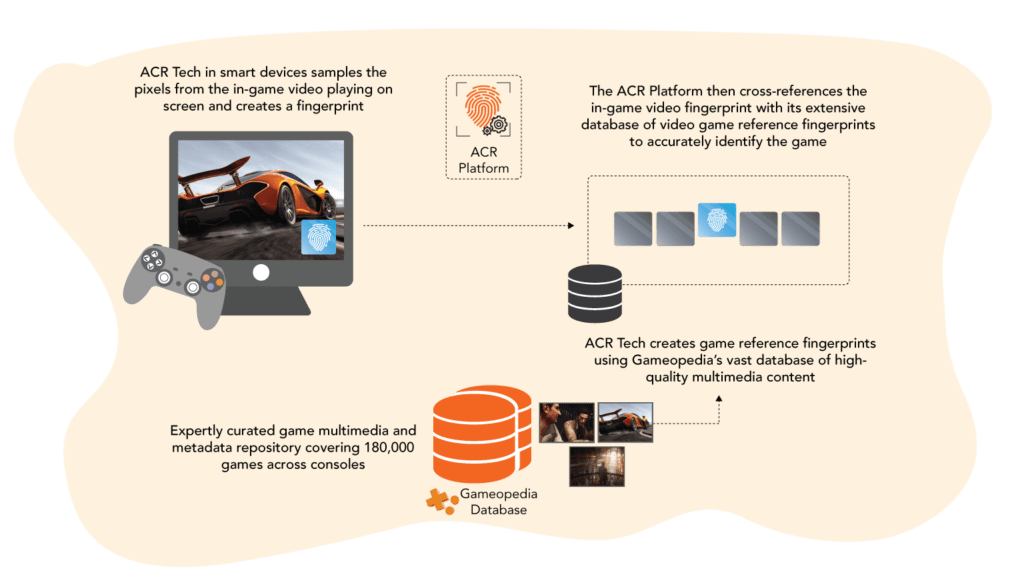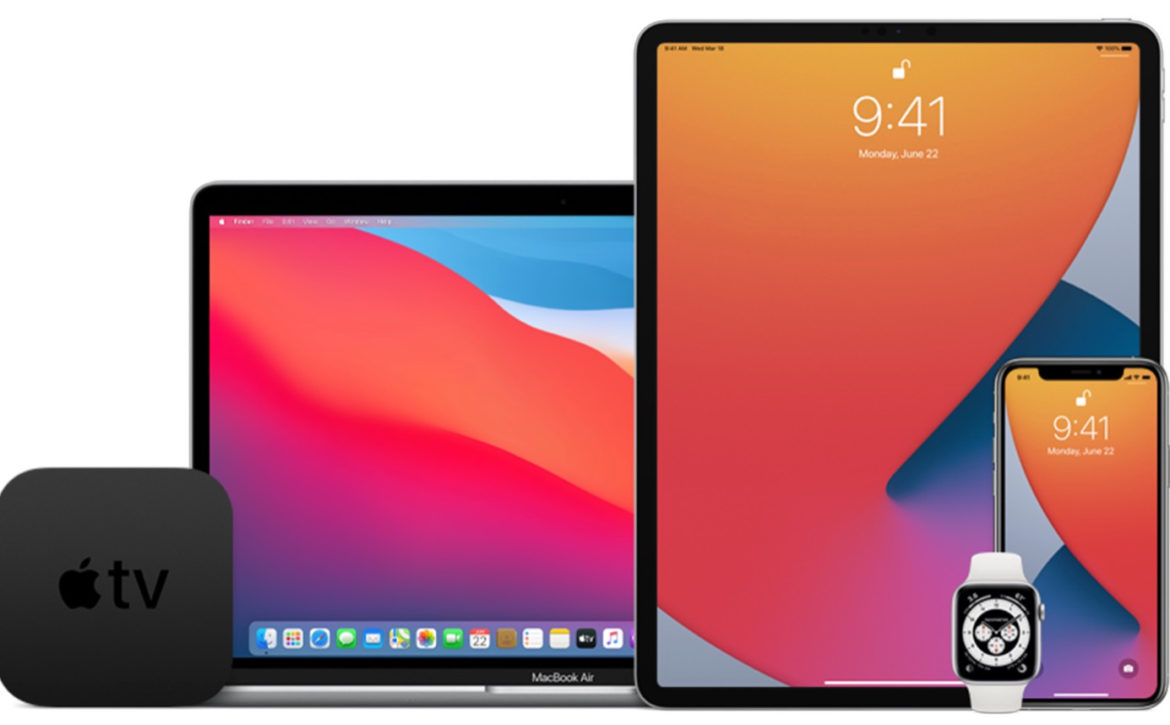Powering Ad Targeting With Quality Game Reference Fingerprints
Automatic content recognition (ACR) is an identification technology which is used to recognize content played on a media device or present in a media file. It enables advertisers to interact with their audiences like never before. With millions of Smart TV owners opting-in to use ACR across the world, advertisers now have valuable data to better understand their target audience and refine their campaigns.
Smart devices such as Roku and Apple TV are also being paired with regular TVs to give them the “smart” capability of connecting to the internet. This helps bring many more households into the automatic content recognition fold, providing more valuable data to draw insights from.
The video gaming industry is one of the fastest-growing segments for the ACR market. With millions of people playing video games during the COVID-19 pandemic, activity numbers are spiking for a large number of popular games. automatic content recognition vendors catering to advertisers will thus have one requirement right away: high-quality reference fingerprints for the latest and most popular video games.
Traditional Ad Targeting
Before moving on to reference fingerprints, let us step back and talk a bit about ad targeting. With consumers being exposed to thousands of ads per day, ad targeting is now more important than ever. Connecting advertisers with their target audience was a challenge in the days before the introduction of the Smart TV. Advertisers would bid for commercial spots on various programs that their target audience was reportedly interested in, and then they hoped that their ads would reach enough people to justify the high expenditure. This rudimentary form of ad targeting is still used and admittedly remains successful in some markets, but targeting can now be achieved more efficiently and effectively by making use of automatic content recognition platforms.
Ad Targeting powered by ACR

Now let us bring reference fingerprints back into the picture. When coupled with relevant metadata, automatic content recognition platforms can be used to provide advertisers with flexible ad pricing depending on the popularity of the game or the genre. Advertisers can then use this data to provide interactive experiences and game recommendations to their target audience.
For example, a user playing an Action game such as ‘Call of Duty: Black Ops Cold War’ could be recommended a similar game such as ‘Doom Eternal’, which is also a First-Person Shooter like the former.
The more practical use case, however, is with live-service games. Users who have opted-in for automatic content recognition to be enabled on their Smart TVs and devices benefit from the technology by receiving personalized ads. A user who spends a lot of time on a live-service game may be pleased to see an ad from the game’s publisher, offering an in-game bonus or reward for interacting with the ad. This is just one scenario of how personalized ads can be sold using automatic content recognition platforms.
Another application is audience segmentation and measurement. Advertisers can get valuable data that identifies which group of gamers are highly active and spend more time on a game, maybe even playing it to the end. This group is more likely to be actively interested in purchasing add-ons or similar games.
We are still in the evolving stages of personalized ads delivered through automatic content recognition platforms. As vendors and advertisers continue to discover the potential of this new medium, the possibilities are endless. It all starts with proper content recognition, provided by reference fingerprints.
Challenges of Fingerprinting Video Games
- Video games tend to be between 2 – 100+ hours long, with some games offering replayable content that can theoretically be played for thousands of hours. There are exceptions where games may be as short as 10 minutes, but these are far and few in between. This is a key challenge, as storing footage worth hundreds or even thousands of hours for one game is not practical.
- Video games are unpredictable. Being an interactive medium, video games are influenced by user behavior. For example, the footage created from two gameplay sessions might be significantly different. An experienced gamer may play through a level with ease, and finish it in less than thirty minutes while a relatively inexperienced gamer might spend an hour or more on the same level, exploring various possibilities to clear it. This results in extra footage of the same level that is hardly useful for a database. Now multiply this with the thousands of games that get released each year and storage quickly becomes an issue.
- An incorrectly captured or low-quality fingerprint can prove to be costly, as the advertiser will have spent their marketing dollars in identifying a wrong game. A well-constructed capture process can help avoid the risk of producing low-quality fingerprints.
- For live-service games, it is important to keep updating the database with fingerprints of the latest content update. Most live-service games are updated on a “seasonal” basis, with each season lasting between 2-4 months. As user interest spikes at the start of each new season, it becomes essential to have a reference fingerprint available within hours of the season’s launch.
Conclusion
Quality reference fingerprints, delivered on a timely schedule, will help keep your database up-to-date and ready to cater to the needs of advertisers in real-time. When coupled with relevant metadata, these can be incredibly beneficial for ad targeting, offering significantly higher Return On Ad Spend (ROAS).
After analyzing hundreds of recently released games, we here at Gameopedia have devised a proprietary process to create high-quality reference fingerprints that identify the unique elements of a game and enable accurate recognition. Our team of experienced professionals (who are also avid gamers) can identify new content and create high-quality reference fingerprints within the launch window of new season updates for some of the most popular games across the world.
We would love to hear from you about your video game fingerprinting needs or any custom requirements you might have to maintain your database. Talk to our game data experts or mail us at [email protected].



